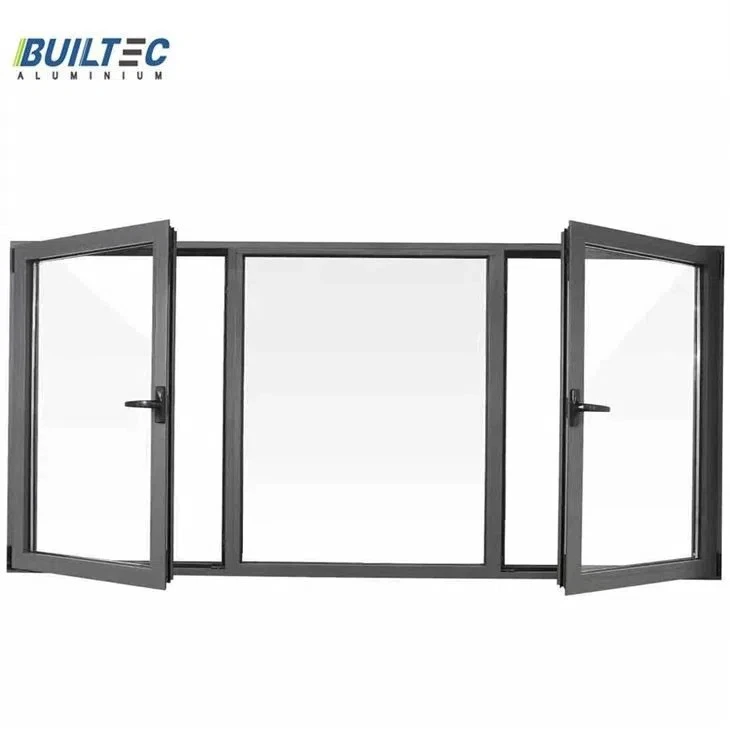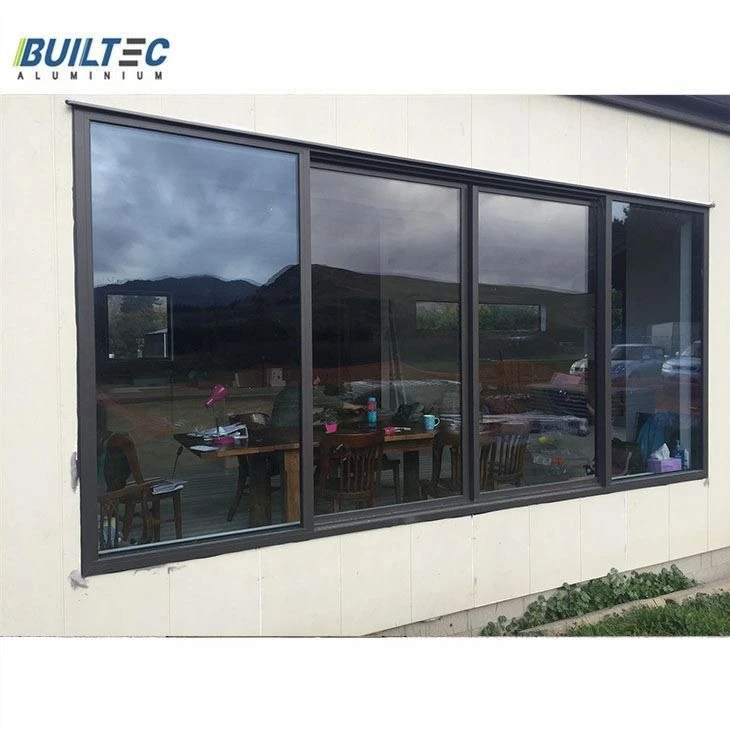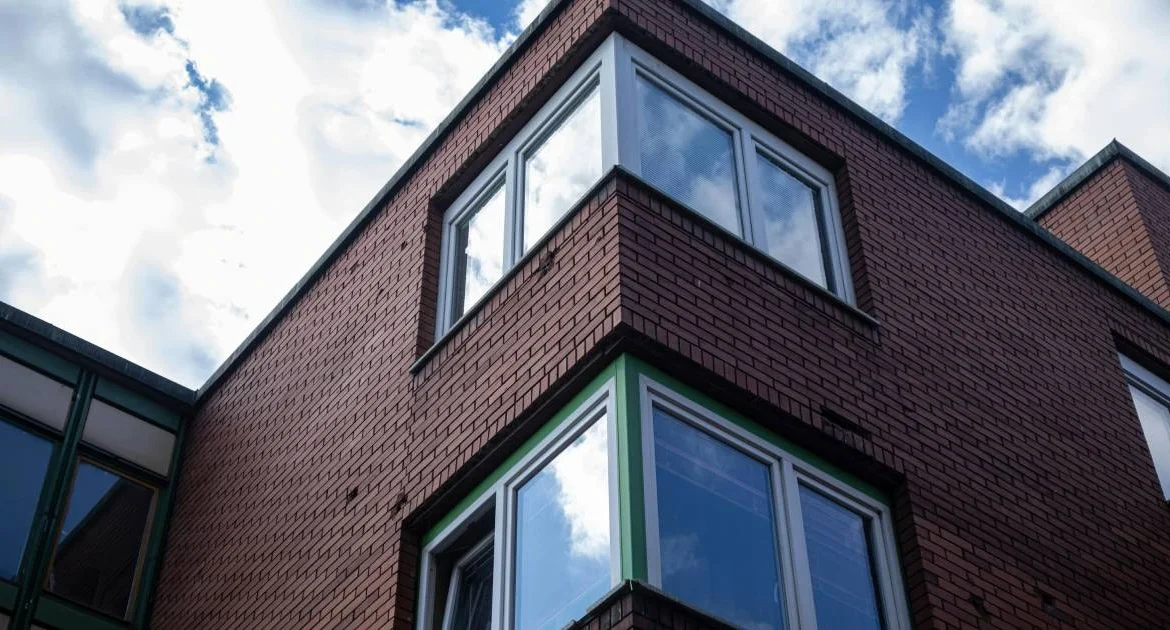Windows are more than just openings in a wall; they are vital elements in any building project, influencing everything from aesthetics to energy efficiency. For builders, understanding the various types of windows available can help in selecting the most suitable options for different projects. Here are seven types of windows every builder should consider, with a focus on both traditional and aluminum window options.
Windows serve as more than just a source of light and ventilation for your home. They come in various styles, each offering unique benefits and aesthetic appeal. Understanding the different types can help you make an informed choice for your home’s architecture and needs. Let’s take a closer look at some of the most common window types:
Casement Windows
Casement windows, often opened by a crank, swing outward like a door. These windows typically feature large glass panes, allowing ample natural light to enter the room. Thanks to their design, they also offer excellent ventilation when opened wide and provide a tight seal when closed, improving energy efficiency.
While versatile, casement windows are less ideal for walls facing walkways or busy streets, as their outward swing may obstruct traffic. They also don’t accommodate window-mounted air.

Double-Hung Windows
Double-hung windows feature two sashes that move up and down. This design allows for flexible ventilation, as air can flow through the top, bottom, or both. A key benefit is that the windows can be easily cleaned from inside your home.
However, they provide slightly less open space compared to casement windows and may be prone to air leakage due to their movable sashes.

Awning Windows
Awning windows are hinged at the top and open outward, resembling an awning. Often paired with fixed windows, they provide extra ventilation and light without compromising privacy. Their design allows them to stay open even during light rain, offering protection from the elements. As with casement windows, it’s best to avoid installing awning windows near walkways to prevent obstructing traffic.
Picture Windows
Picture windows are large, fixed windows that do not open. They’re perfect for capturing views and letting in abundant light but don’t offer ventilation. Ideal for rooms where air circulation isn’t a priority, these windows are best suited for second floors or homes with alternative ventilation sources.
While they can make a room feel more spacious, picture windows may contribute to heat loss or gain, making them less energy efficient than other types.
Bay Windows
Bay windows project outward from the wall, creating a cozy alcove inside the home. Typically, a central fixed window is flanked by two operable ones that allow for ventilation. This style is commonly found in kitchens, living rooms, and family rooms, adding architectural interest and extra indoor space.
Bay windows provide plenty of light but require more construction work to install and can be costlier compared to other window types.
Sliding Windows
Sliding windows open by gliding one pane over the other. They are simple, easy to operate, and low maintenance, making them a budget-friendly option. Because they don’t have muntin bars, they offer clear views and ample ventilation. However, they can’t be sealed as tightly as some other window types, which may impact their energy efficiency.
These windows are often found in basements or ground-floor rooms and are great for spaces where ease of use is important.

Louver Windows
Louver windows consist of horizontal glass slats that tilt open and close in unison. They offer excellent airflow and some privacy, making them ideal for warmer climates and smaller rooms like bathrooms or hallways. However, they don’t seal tightly, so they’re less suited for homes in colder climates or areas requiring high insulation.
Key Takeaway
Choosing the right type of window for a project involves considering factors like functionality, aesthetics, and durability. From classic double-hung and casement windows to the modern aluminum picture and tilt-and-turn windows, each type offers unique benefits. By understanding the different types of windows and their applications, builders can make informed decisions. that enhance the performance and appeal of their projects.
Whether opting for traditional designs or exploring the advantages of aluminum windows, selecting the right type of window is crucial for achieving both practical and aesthetic goals in building projects.
Choosing the right type of aluminum windows can greatly influence the functionality and appearance of a building project. Each style offers unique benefits, and understanding these options can help builders make informed decisions that enhance both the aesthetic appeal and performance of their projects. Whether you’re looking for style, ventilation, or space efficiency, incorporating the right types of aluminum windows can lead to successful and satisfying building outcomes.



 Get a Free Quote
Get a Free Quote